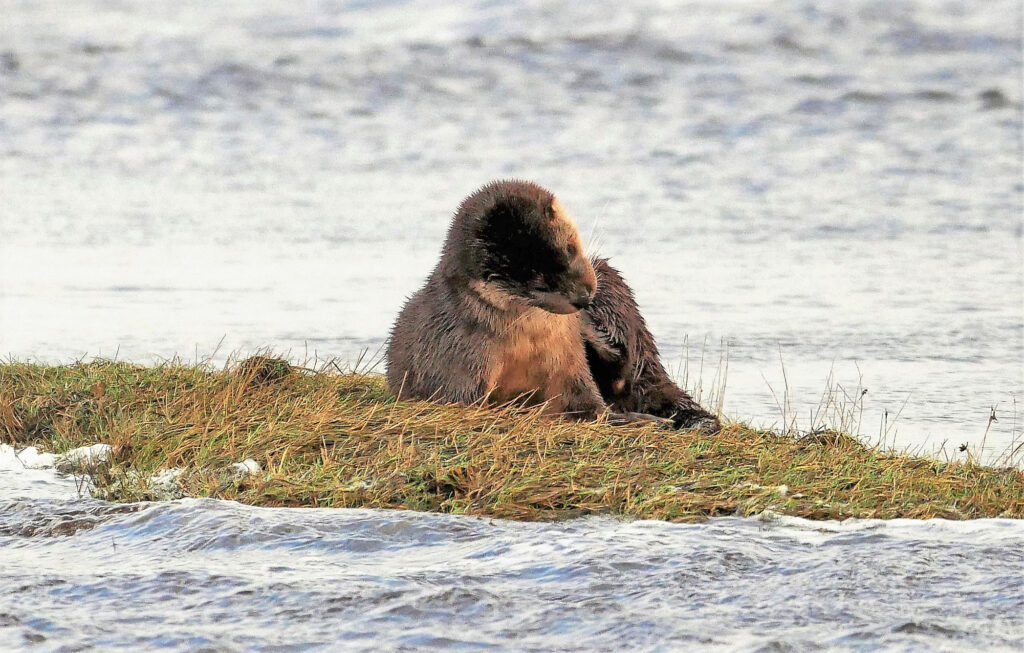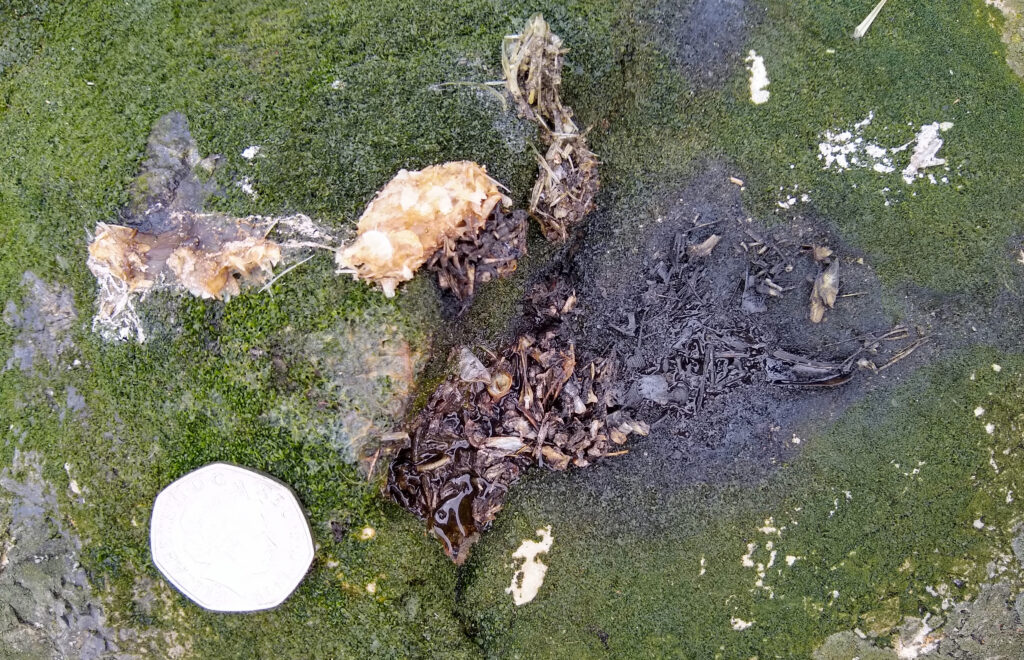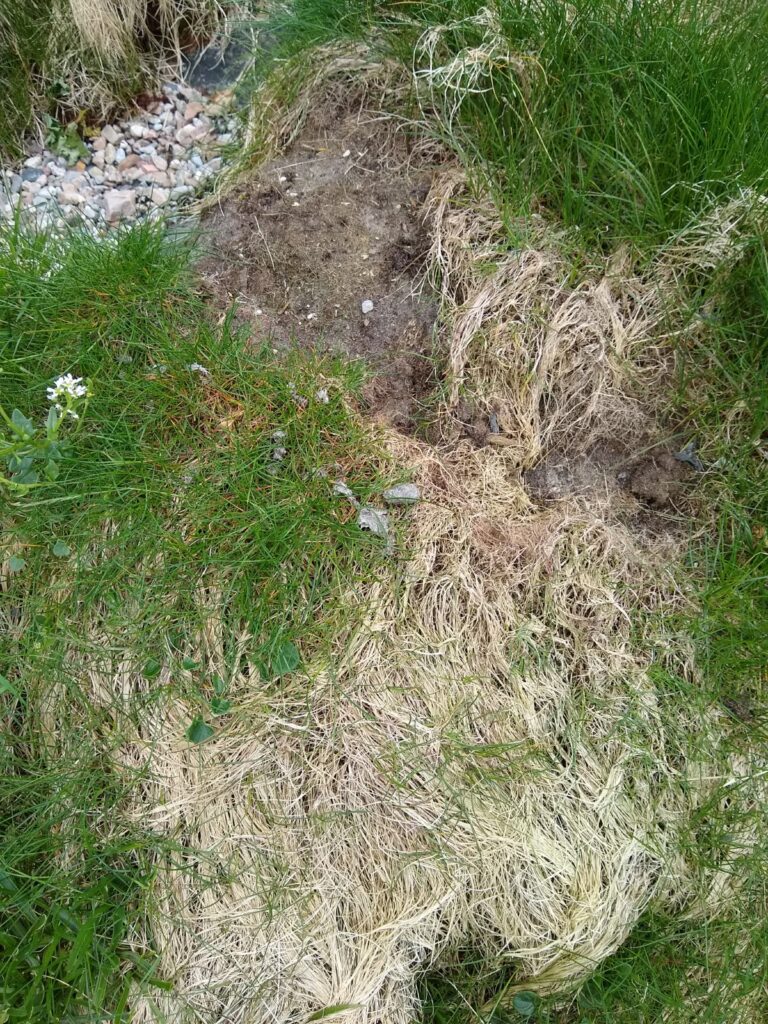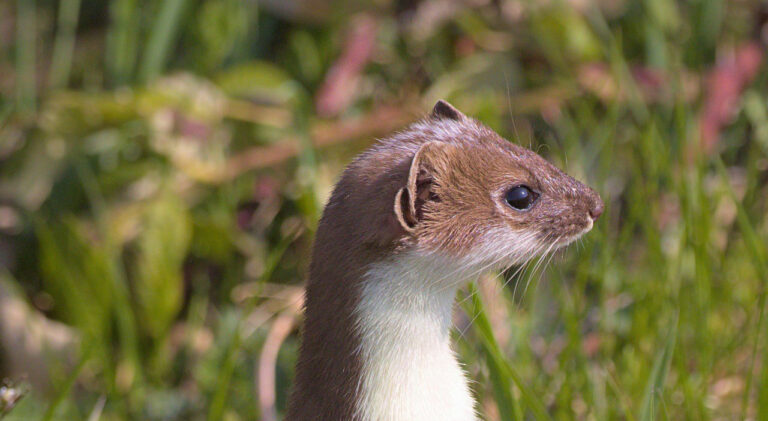By Stephen Kirkup
Gaelic name: Dòbhran.
A short introductory guide on what to look for when walking along our coastline in order to get a better idea of the presence of the often-elusive otter.
Habit/behaviour.
North Sutherland is a great place for otters, and they can be seen right along the coast. They occupy most coastal habitat, from rocky shore to sandy beaches, and sheltered inlets to exposed headlands. And, although a more difficult habitat to see them in, they are present in all the rivers feeding into the north Atlantic as well as many of our numerous freshwater lochs
Otters are quite common along the coast, but by and large are rarely seen . To get a better understanding of their presence, it is therefore necessary to look for field signs.
What to look for:
Direct sightings.
Although they are also on our rivers and freshwater lochs, the coast is the best place to try and see an otter, this is simply because the observer usually has a bigger field of view in the more open landscape. The best chance of seeing an otter is when they’re hunting for food on the water itself. They have good eyesight, so stay low and still, especially in an open area. Crouch down and if you need to move to a better viewing position, do so once the animal dives underwater. Otters can dive for no more than about thirty seconds but often surface much quicker, so give yourself around 15 seconds to find a better spot before they resurface.
Also bare in mind that otters have an acute sense of smell, if you’re upwind of them, they’ll sniff you out and be gone!
PLEASE REMEMBER, RESPECT THE ANIMAL. IF AN ANIMAL CHANGES BEHAVIOUR DUE TO YOUR PRESENCE, YOU’RE TOO CLOSE! Here’s some useful advice from NatureScot.
Prints.

Otters leave distinctive footprints in mud and sand. They are mustelids and are therefore related to pine martens, badgers, stoats and weasels. Mustelids tend to show five toes in their print, unlike dogs and foxes which show only four (their fifth claw, the dew claw, does not make contact with the ground). There is also often a drag mark left by the tail.
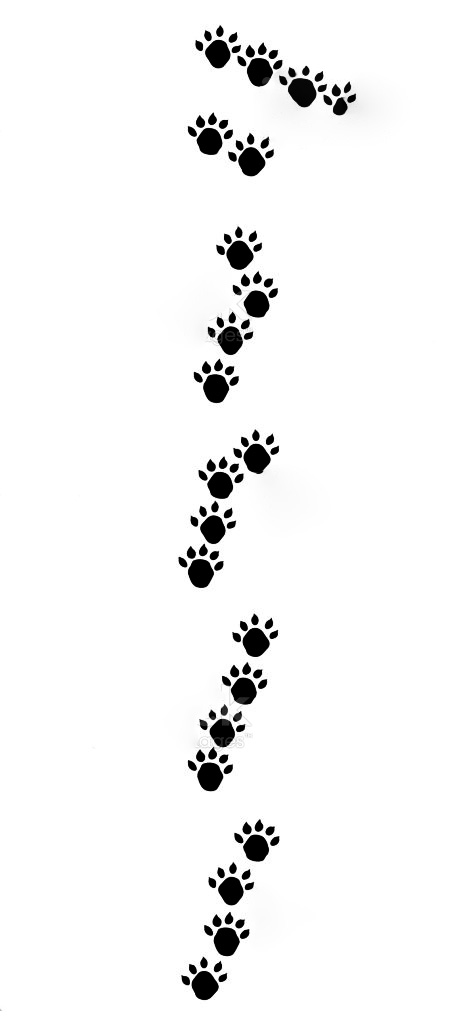
Otter’s lope or leap, they tend not to walk. This gives a very characteristic track where the prints are grouped.
The fore foot print is quite round, 6.5 – 7cm long and 6cm broad. The hindfoot is longer, between 6 – 9cm.
The other mustelids; pine martens, stoat and weasel, that are sometimes found near to the coast, have much smaller prints. The largest, pine marten, are 5cm long by 3cm wide, stoats and weasels have tiny, delicate prints in comparison.
Fox prints and certainly dog prints are often found on the beach. Fox prints are 5cm long by 4.5cm wide, dog tracks are of course very variable, but the key is that, as mentioned above, they will only show four toes, never five. There is a slight complication; in less than perfect prints, the fifth toe of the otter might not show, but if that fifth toe is showing, you’re not looking at dog/fox print.
Fox and dog tracks show four toes. Distinguishing fox from dog tracks can be tricky, but fox tend to have a more slender print, with front pads more ‘detached’ from the middle pads.
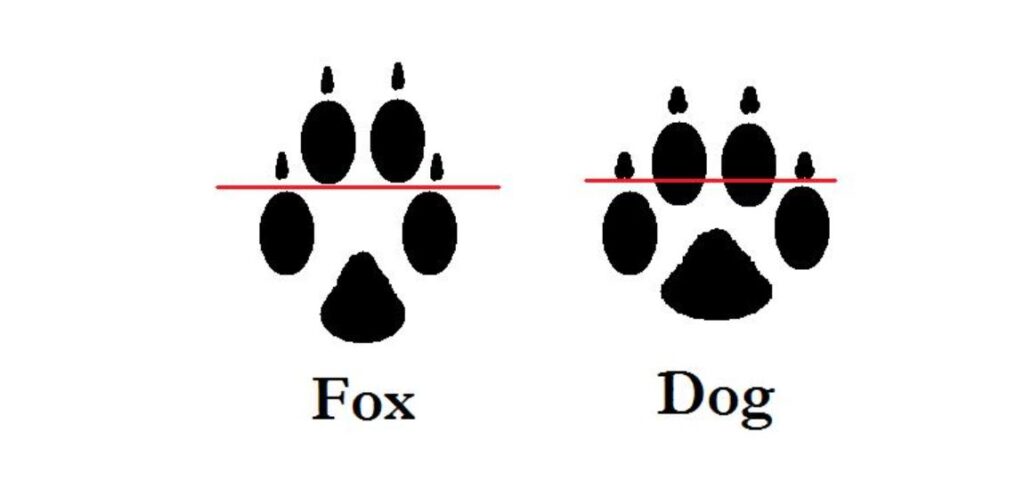
Other signs (we’re basically talking about poo!).
In simple terms otters have two types of droppings.
Spraint: around 2 – 7cm long, will contain fish bones and scales. When fresh, otter faeces are black, tarry and slimy. They smell fishy, as you would expect but it also has a sweet, musky scent undertone, not unpleasant (distinguishes it from mink!) – some people say like jasmine tea – honest! After awhile the spraints become pale and crumbly and you can easily see fish scales and bones. In well used sites you will see all ‘ages’ of spraint.
Anal jelly is also deposited: This is often a clear jelly-like substance, but can also be black, variable in colour. It smells the same as spraint.
Like many mammals, otters use their faeces to mark territory, and usefully for observers, they do this in very obvious locations once you know where to look.
They often choose elevated spots, such as rocks, tree trunks and grassy tussocks, even scraping together a mound of sand on a completely flat, featureless beach.

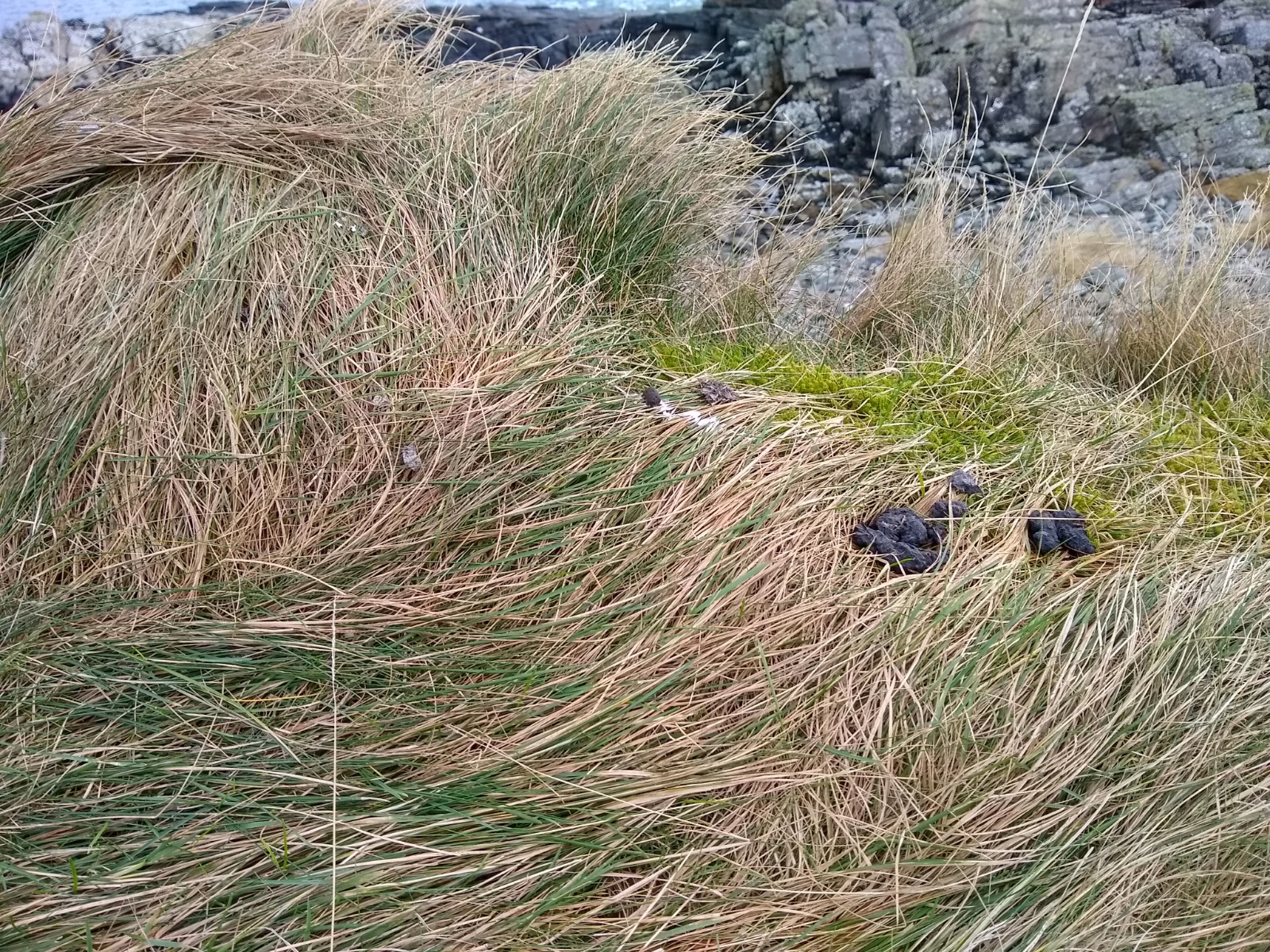
Typically, some is fresh and some quite old and bleached. This can indicate the frequency of use.
Some grassy areas can become denuded, with the surrounding nitrogen-enriched vegetation strikingly green, making a distinct habitat, obvious from a distance.
Geographically, they usually choose places close to freshwater. Freshwater streams by the coast are important features to otters and often form significant demarcation points for territories. Coastal based otters hunt largely in the sea and they therefore periodically have to rinse their fur in freshwater, so these are good areas to look for signs.
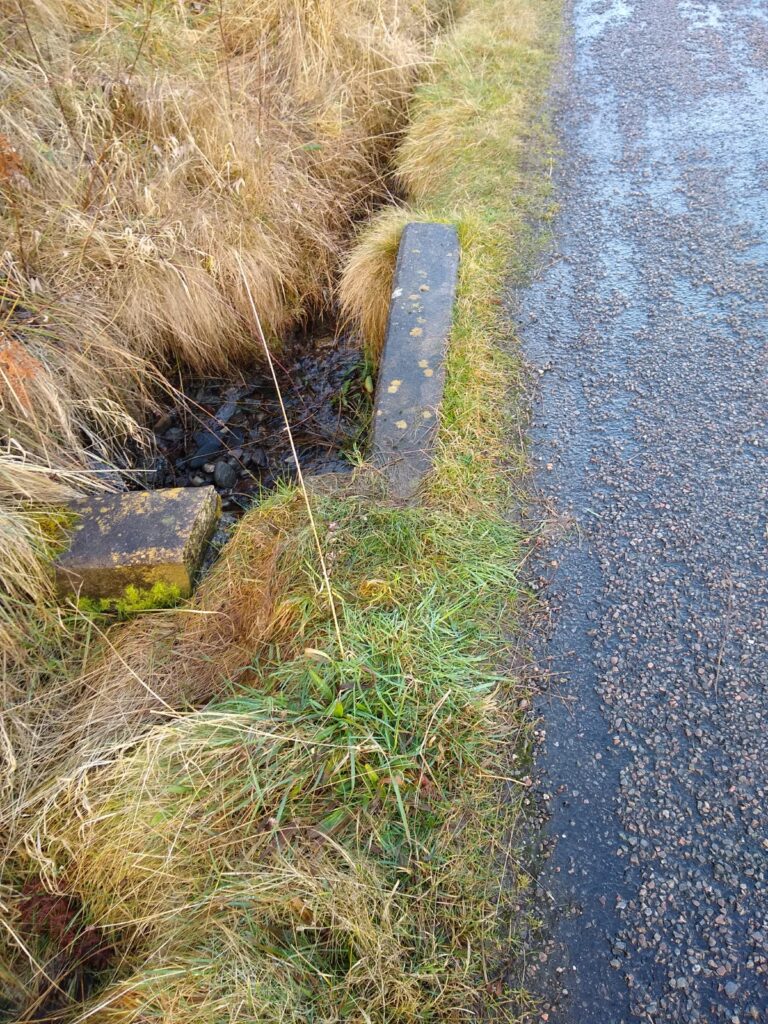
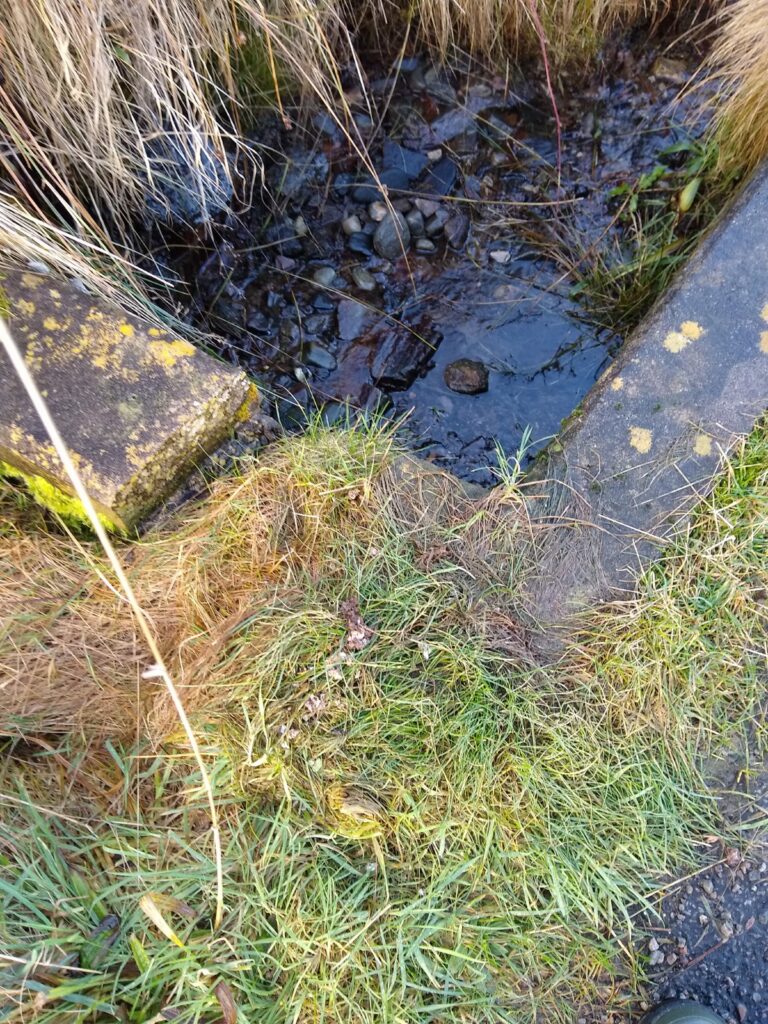
Further examples:
- where two streams come together
- at the side or underneath a bridge
- where a river, stream, or freshwater ditch runs into the sea. It can be a very small, a mere trickle of water from a drainage ditch, but can be a significant feature to an otter.
- Further back from the shore, in grassy areas, regularly used marking points, which may have been visited for years by generations of otters, the vegetation can be altered, sometimes becoming denuded or bare but often becoming lush, dark green tussocks and very different to the surroundings. These types of sites can be obvious from some distance.


Hope this guide proves useful and if you see otter signs or are lucky enough to spot them directly, please post up onto the Facebook group page so that we can register your sightings.
Photos © Stephen Kirkup apart from print drawings.

